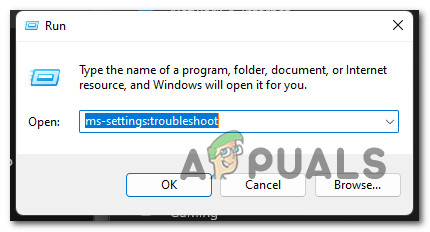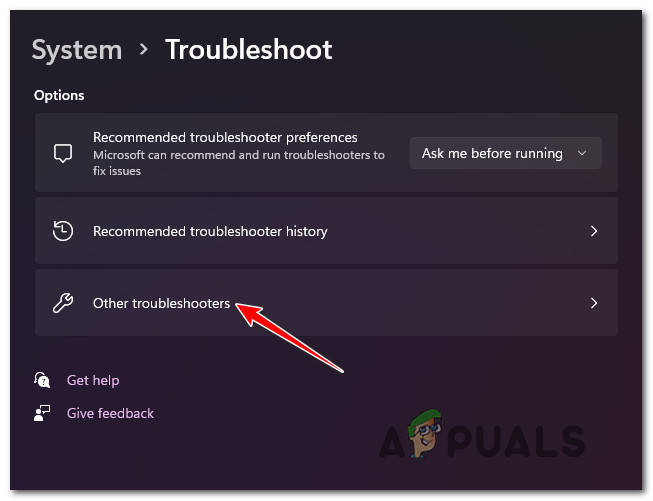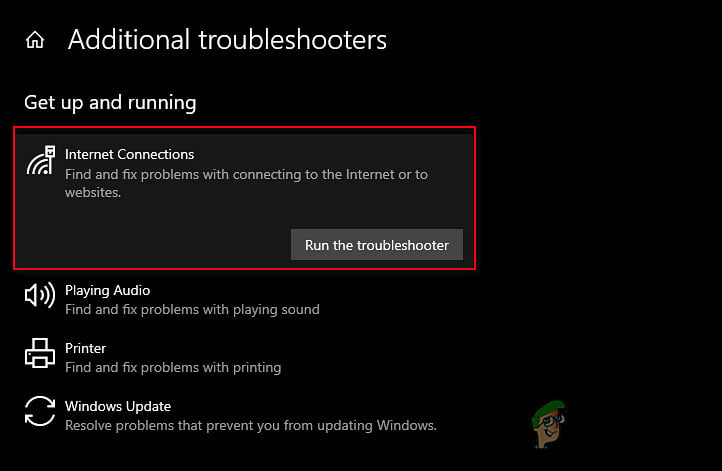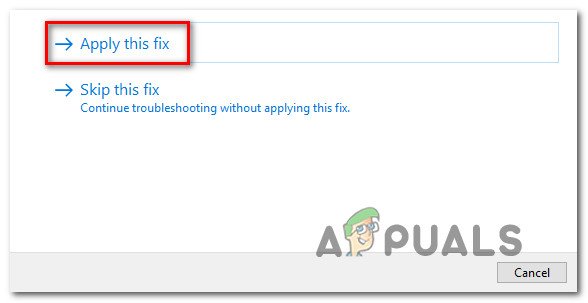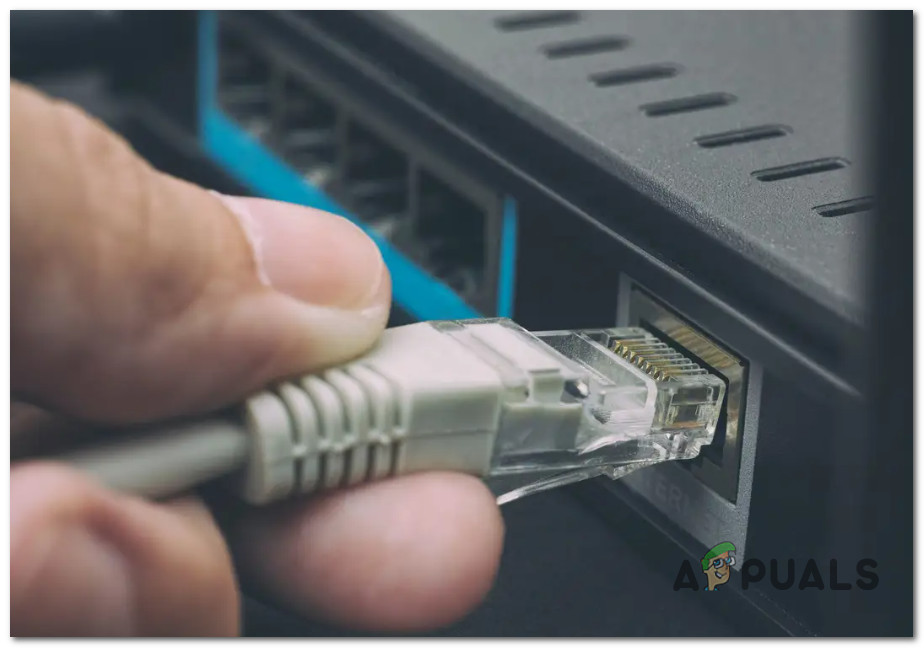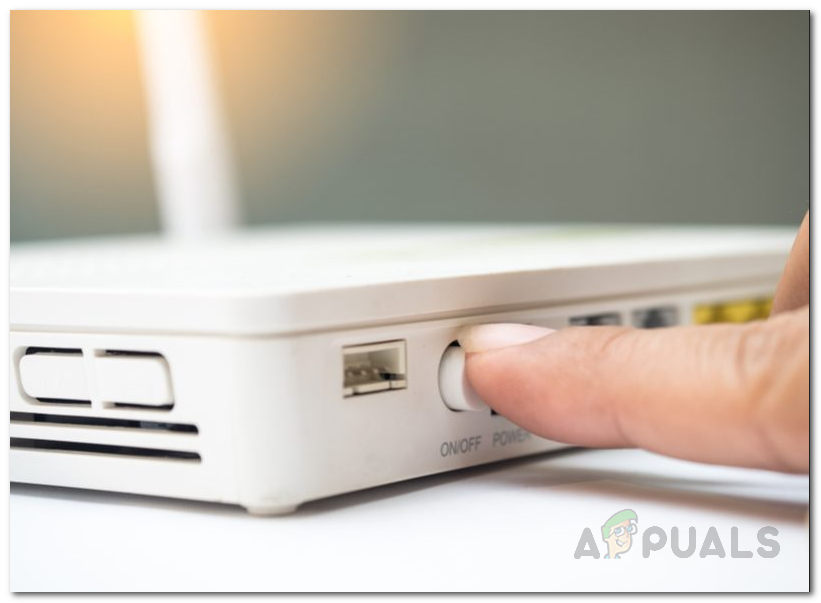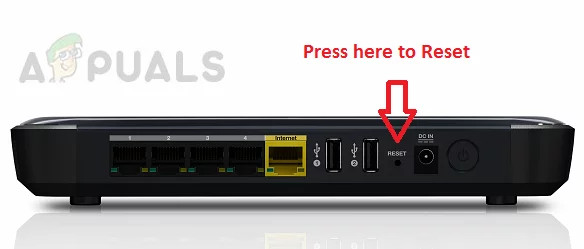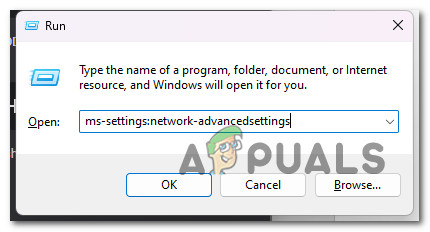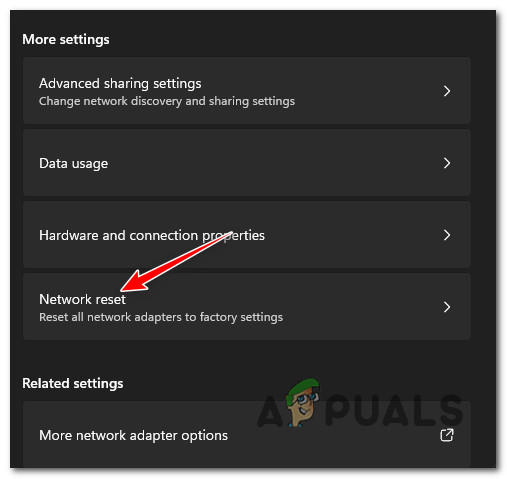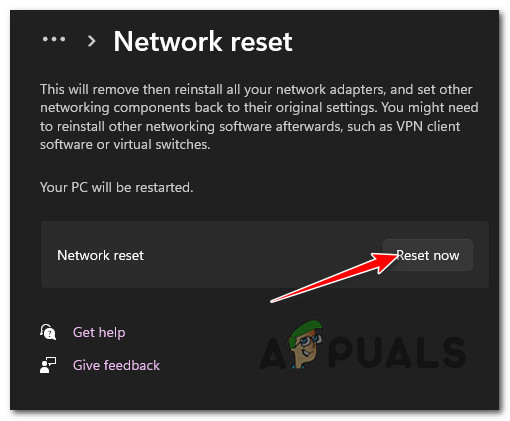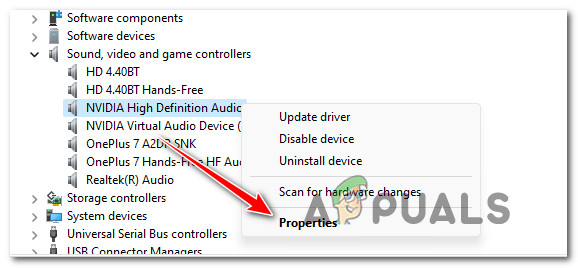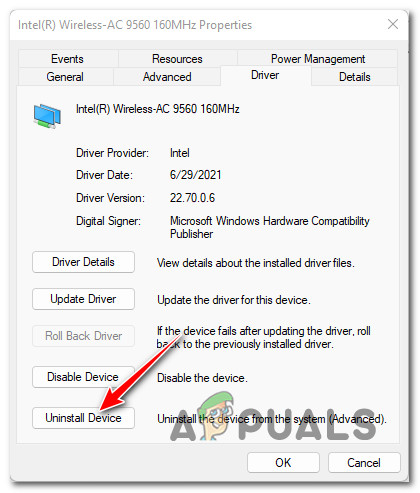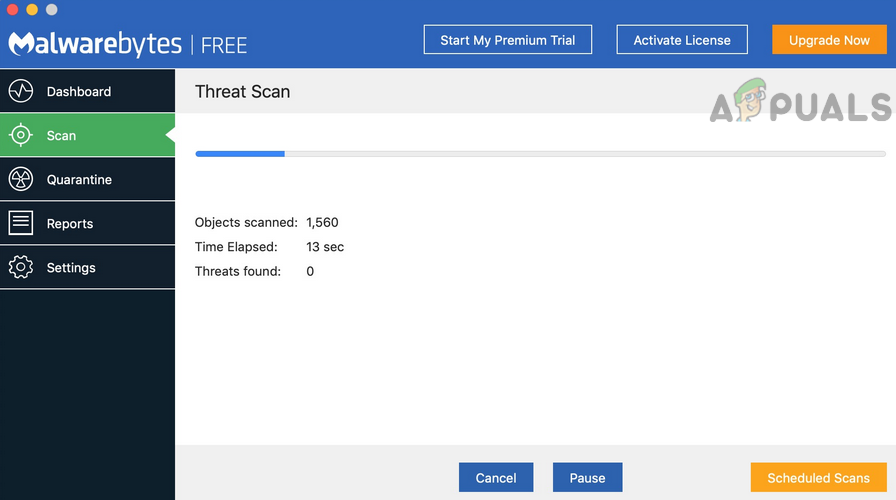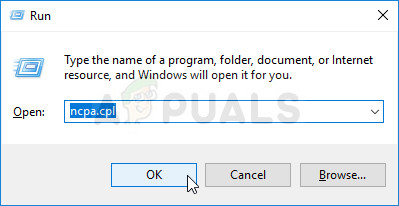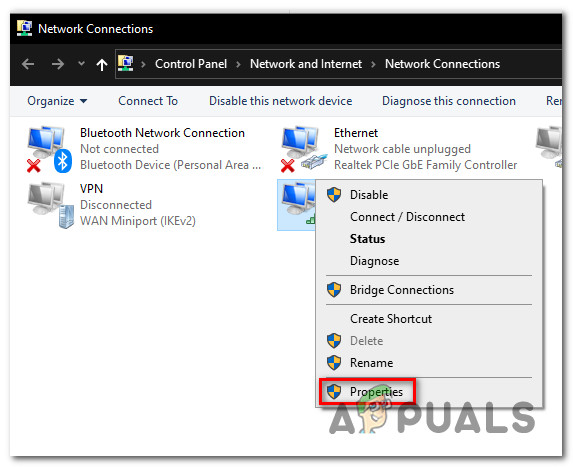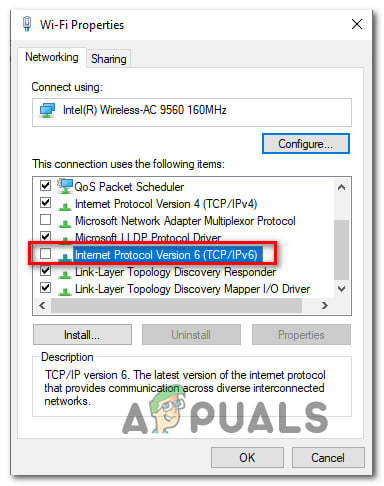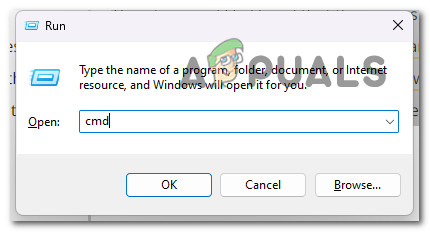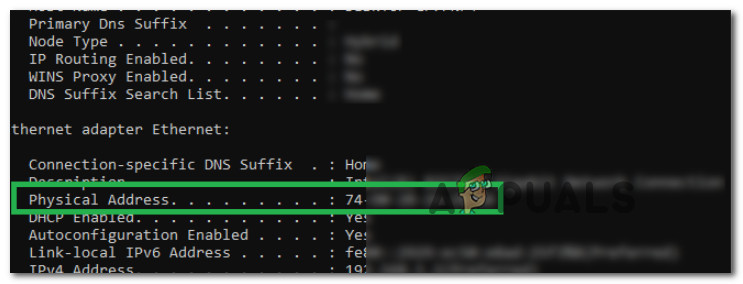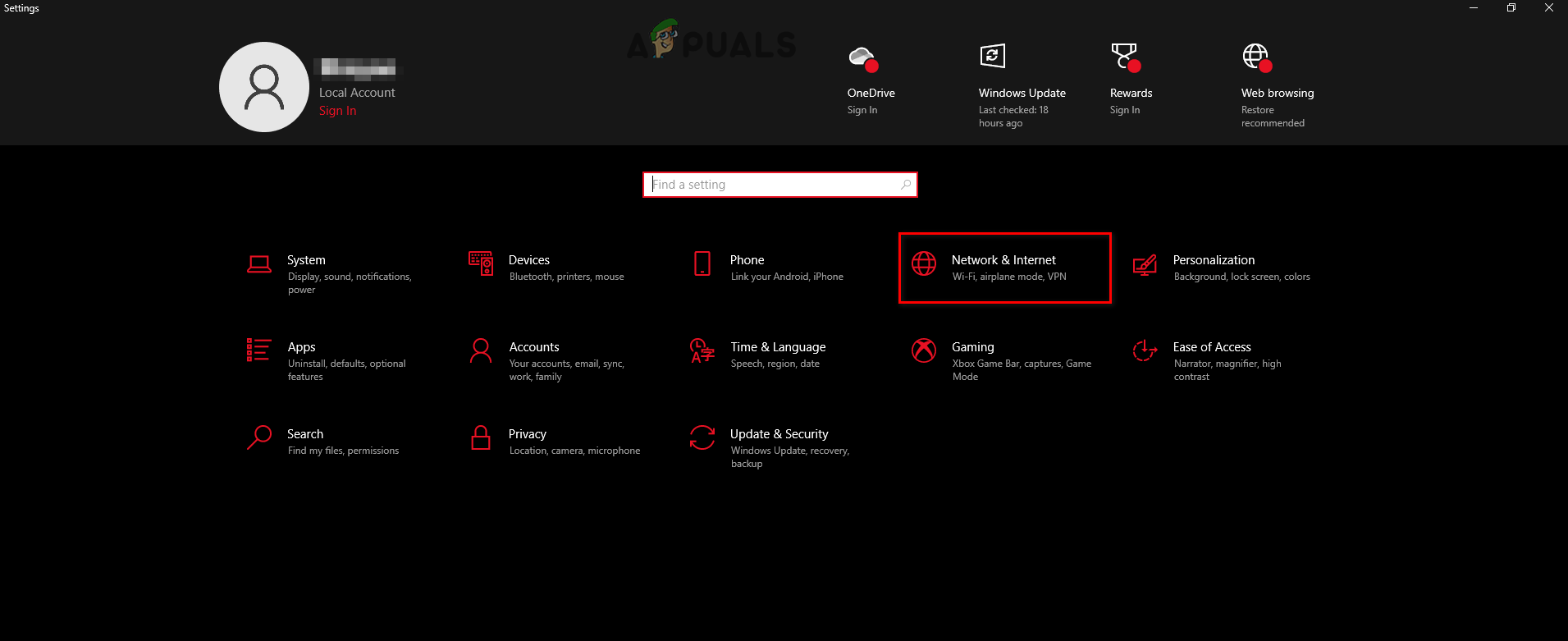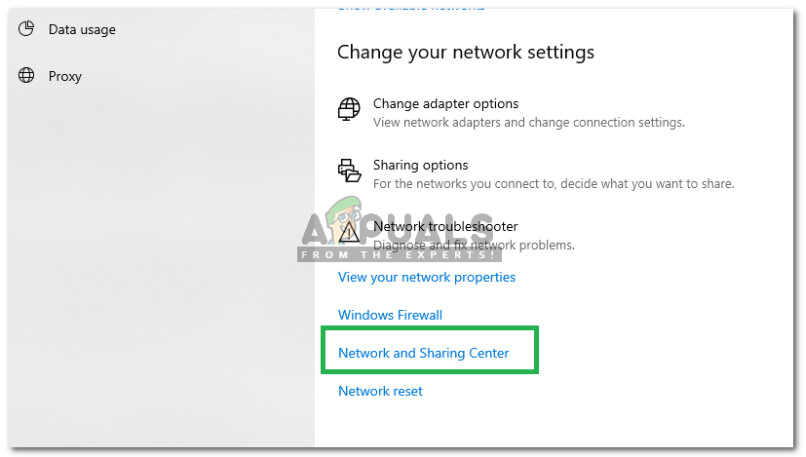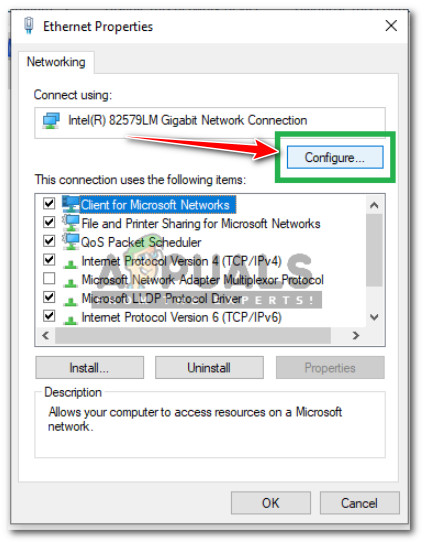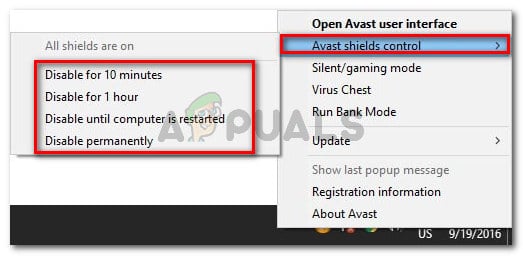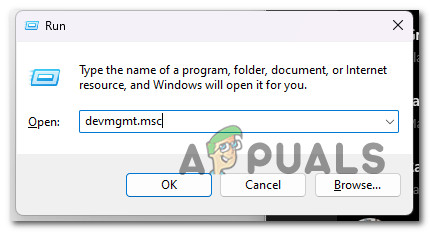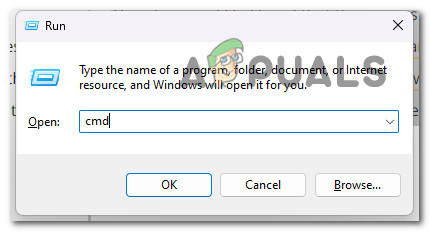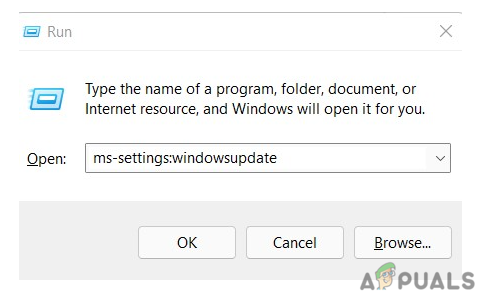Signals go through ethernet in a smooth and uninterrupted manner. Wi-Fi signals, on the other hand, are frequently stopped or slowed down by devices or physical objects that may be in between. And then there’s the manner of working around a limited bandwidth. However, a typical issue that some Windows users run into when utilizing an Ethernet cable is that WiFi works, but Ethernet doesn’t. If this scenario is applicable to you, this article is exactly what you need. We will explore the various causes of why this happens and we’ll provide several confirmed-to-work solutions. Here’s a list of scenarios that might contribute to a scenario where the ethernet connection doesn’t work while the Wi-Fi connections work on a Windows computer: Now that you are aware of every potential reason why you might experience this problem on your Windows computer, move down to the next section where we explore a series of verified fixes that other users have successfully used to get to the bottom of this problem.
1. Run the Internet connections troubleshooter
The likelihood is that running the Internet Connection Troubleshooter and implementing the suggested remedy will automatically resolve the issue you’re currently having with Ethernet connections (if it is a network issue). Note: In situations when the issue is genuinely a network fault, the Internet Connection Troubleshooter offers a number of automatic repair techniques that work well in most cases. This program has the ability to automatically apply the repair if a plausible case is identified. We were able to track down a number of Windows 11 users who claimed that the issue was quickly fixed when they used the Internet Connection Troubleshooter and implemented the suggested patch. For detailed instructions on how to launch the Internet Connection Troubleshooter and implement the suggested remedy, go to the list below: If the same problem is still present, proceed to the next possible solution below.
2. Check all involved connections
You’d be surprised how often this problem actually occurs due to a bad cable. Even if the cable looks in perfect shape, it’s always possible that the plastic wrap actually hides non-congruent sections that are actually inhibiting the data exchange. This typically happens with old ethernet cables. Before we move to more advanced fixes, you should ensure that the cable that runs from your ISP to your router is proper and congruent. Then, check the Ethernet cable that connects your router to your Windows PC. Make sure that both cables are properly slotted inside the ports – you should hear the click button when this happens. If you have spare ethernet cables, our recommendation is to swap both cables with new equivalents before trying to connect your Windows computer to the Internet via an ethernet cable. If you took the time to investigate and ensure that this problem doesn’t occur due to a damaged cable or port, move down to the next method below.
3. Restart or Reset the router
According to some Windows users, this problem can also be caused by a scenario in which your router’s faulty cached data prevents the use of an ethernet connection. Most afflicted Windows users who have dealt with this problem have said that it was fixed and they are now allowed to use an Ethernet connection after restarting or resetting the router. Rebooting the router simply is a simple way to get started. This operation will update the IP and DNS that the PC is now utilizing in addition to removing any other cached information that is being held by your router, without changing any previously generated custom settings. Simply turn off your router, disconnect it from the outlet, and wait at least 30 seconds before attempting a reset to ensure that the power capacitors are completely depleted. After reconnecting your router, wait until Internet connectivity has been restored, and then check to see whether the issue is still present. If the issue is still present, the next step should be to go for a router reset. IMPORTANT: This operation will effectively reset all your router settings to the default values. Before going forward, understand that this procedure will also affect any forwarded ports, custom bandwidth frequencies, and any other custom settings that you previously established for your router. To perform a router reset, press and hold the designated reset rear button for at least 10 seconds, or until you see the front LEDs blinking at the same time. If you’ve tried restarting and resetting your router but are still unable to utilize an Ethernet connection even if you can connect to the Internet via Wi-Fi without any problems, continue to the next potential option below.
4. Use a different router port
There’s also the possible scenario where the port you’re actively using to connect the ethernet cable to your route is actually faulty. Try unplugging the cable from the suspected faulty port and plug it into another port to see if the problem is now fixed. Note: If you’re on PC and you have more than 1 ethernet port at your disposal, connect your ethernet cable to the currently unused one. If using a different port didn’t fix the issue in your case, move down to the next method below.
5. Reset the network adapter
The next thing you need to do is basically reset the network adapter that is now managing the internet connection if the approach described above didn’t help you to resolve the problem. Going this way eventually allowed other users affected by this problem to connect to the Internet through an ethernet connection. The only option to solve it is to launch a system-wide network reset operation from the Settings menu’s Network & Internet tab. Note: Before reinstalling your network adapters and restoring any other network components to their normal settings, this procedure will first start by uninstalling all of your network adapters. Remember that you will probably need to reinstall any virtual switches or VPN client software you are currently using after the reset procedure is finished. For detailed information on how to reset a network adapter on Windows 11 or Windows 10, refer to the guide below: If you’re still having the same sort of problem, scroll down to the next possible solution below.
6. Reinstall the network card driver
If you’ve reached this point without discovering a workable solution, you might want to consider removing your existing network adapter driver. In this situation, you’ll need to restart your computer after using Device Manager to completely delete the active network adapter driver. By doing this, you’ll compel Windows 11 to recognize that a crucial driver is absent and install a generic alternative (one that is fully compatible) the following time your machine boots up. Follow the steps below for step-by-step instructions on how to achieve this: If you’re still having sporadic disconnections while connected to a Wi-Fi network after reinstalling the network adapter, scroll down to the next possible solution below.
7. Deploy an AV scan
A virus or other malware may have infected your computer if Ethernet stops working. Many types of malware have the ability to disable the network or move the router, preventing it from functioning correctly. The machine should have a reliable antivirus installed to prevent network failure. To be sure that this is not the case, you should do a comprehensive scan using a reliable anti-malware application. To get rid of the virus infection, if you don’t already have malware installed, take the time to run a malware scan. There are other ways to go about doing this, but because Malwarebytes is one of the most potent security scanners and works equally well on malware and adware, we recommend utilizing it. Use this article to deploy a Malwarebytes deep scan. After the scan is complete, remove any infection instances as instructed, restart your computer, and then try connecting your PC to the Internet via an Ethernet connection once more to see whether the issue has been resolved. If the same sort of issue continues, proceed to the next method stated below.
8. Disable IPV6
Your PC will be forced to utilize the more dependable IPv4 protocol for both ethernet and Wi-Fi connections if the IPv6 protocol is disabled. Numerous impacted customers attest that by making this minor adjustment from the Network Connction menu, they were finally able to connect to the ethernet with an ethernet connection. Note: The OS will favor utilizing IPv6 over IPv4 on more recent versions of Windows (Windows 10 and Windows 11). Disable the IPv6 protocol momentarily to test if the issue has been resolved, if you haven’t already: If you’re still experiencing the same kind of issue, move down to the next method below.
9. Configure a MAC address
Before you can connect through an ethernet connection if you’re using a dedicated network card, you might need to update the MAC address. Although this is meant to happen automatically, your unique configuration may require you to manually do this. The network card has to have the MAC Address allocated to it in order to connect to the internet router. The device may not be able to connect over Ethernet if the MAC Address is provided incorrectly or is not there at all. As a result, this step entails manually giving the network card a MAC Address. If you think this approach could work for you, read on for instructions on how to find out your physical address and then access it to change the network connection so that your router uses it as the primary MAC address. What you must do is as follows: If the problem is still not fixed, move down to the next method below.
10. Disable Antivirus or Firewall (temporarily)
You could also occasionally notice this error if your antivirus software decides to block an ethernet cable data transfer because it doesn’t deem the data to be trustworthy. By disabling real-time protection before restarting your PC once again, you should be able to resolve the issue. Since you already performed a security scan and ensured that this issue is not caused by some kind of malware, checking for AV interference is the next logical step. Important: Although the specific steps will differ depending on the third-party suite you’re using, most antivirus programs allow you to off real-time protection from the taskbar menu. Restart your computer, then try to reconnect the ethernet wire once again. If the problem persists, move on to the next proposed fix below.
11. Make sure Ethernet connections are enabled
Keep in mind that another fairly common scenario that might end up causing this problem is when the ethernet protocol is actually disabled on the PC that is refusing the ethernet connection. Before you disrecard this possible scenario, open Device Manager and expand the Network adapters menu to see if the ethernet controller is actually disabled or not. This method has been confirmed to be succesfull on both Windows 10 and Windows 11. Follow the instructions below to make sure that ethernet connections are allowed on your PC: If the same kind of issue is still occurring, move down to the next method below.
12. Reset the TCP/IP stack
It turns out that this specific problem may also be caused by a TCPIP or DHCP option that is causing the ethernet adapter to abruptly cut off the connection. Fortunately, this specific problem may be quickly fixed by using the command “netsh int IP reset” from an elevated Command Prompt. Note: The following registry keys’ contents will be automatically reset by this CMD command: Other users who have used this approach successfully report that when the CMD command was executed and the connection was reset, the ethernet connection, at last, became steady. To reset the TCPIP and DHCP settings on Windows 11 or Windows 11 using an elevated Command Prompt, follow the steps below: If the problem is still not fixed, move down to the next method below.
13. Install pending Windows updates
Windows update may be the cause of this issue if you haven’t updated your Windows build in a while. Open the Windows Update component and install each pending Windows update until your system is up to date to resolve this problem. Before attempting any of the other possible options below, install all pending updates first and see if the problem goes away on its own. The actions mentioned below should resolve the problem if it results from a known fault that Microsoft has previously corrected because the company has already offered a fix for each version of Windows 11 in question. (as well as the N version). Follow these procedures to install every single forthcoming Windows update:
Fix: Ethernet Port Not Working on Windows 7/8/10Fix: Ethernet Not Working When Connected to Docking Station (DELL)Fix: Website is Online but isn’t Responding to Connection AttemptsFix: File and Print Sharing Resource is Online But isn’t Responding to…

